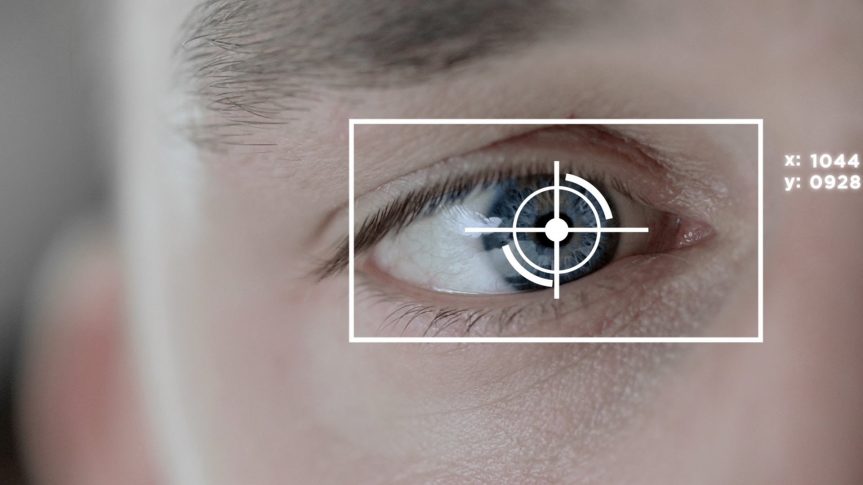How long did it take you to click on this blog? You had to scroll your way with your mouse until you reached the clickable text, right? Or you clicked at it with your finger directly on the screen… On the other hand, how long did it take you to look at this blog’s title? Milliseconds. Yeah. That’s what I mean.
It’s now been over a decade that we’ve been using the computer mouse as a fundamental tool in our interaction with computers. It’s not the only way we point at things, though. Mobile phones, mainly thanks to the explosion the iPhone brought, have also taught us we can directly touch with our fingers on the screen. Augmented reality has also taught us to use the movement of our body, with cameras and motion detectors.
But, think about it. All these interactions I’ve mentioned need another type of interaction none of them are truly taking into account. Before you ever move your mouse, touch your screen or move your hand in the air, the first thing you do is point your eyes at that thing. What if we took approach of this very first thing everybody does? Eye-tracking technology. That’s what many predict the future holds for us all. A multimodal computer interaction.
What most of us have now in our pockets would have been considered a supercomputer 15 years ago. And the revolution’s not stopping anytime soon. “The general notion of pointing at things to navigate through a menu can be done in tens of milliseconds with you eyes versus the time it takes you to use your hands”, says Jim Magraff, CEO of Eyefluence, a company that now builds eye-tracking technology for AR and VR.

Communication with computers should be seamless, no delays nor interruptions. An “iPhone moment” happen anytime soon with eye-tracking technology, with the potential propagation of multimodal human computer interaction. What do you think? Imagine how big a leap this would be for disabled people.
I can personally think of some very cool analytics you could do… Imagine if you could know which parts of your webpage people look at immediately, which hold their attention the longest, if they read through your blogs from beginning to end (though for you to be reading this far, you hopefully did! ?). But, I can also think of some very obscure ways this could be used… Or even some annoying ones like an ad pausing yourself if you look away from it. You couldn’t help it but LOOK through the entire thing...
Have a look at this. I dare you not to use your mouse:
If you want to take your reading any further, this is the source I used:

